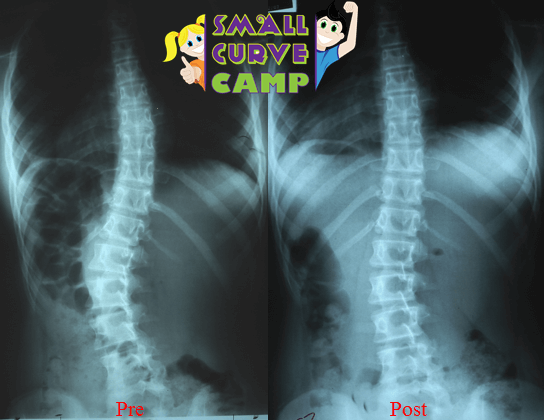The amount of scoliosis research has grown considerably over the last decade, with much of it devoted to non-surgical, conservative exercise-based treatment options. While this trend is extremely positive, it is still nonetheless geared toward treating the symptom of a whole-body disorder we all know as scoliosis.
While the conventional medical community continues to look at scoliosis largely as a biomechanical problem, there is much evidence to suggest that the spine curvature we call scoliosis is nothing more than a symptom of a collective array of hormonal and neurological abnormalities that create structural changes leading to scoliosis. While attending a Society on Scoliosis Orthopedic and Rehabilitation Treatment (SOSORT) meeting in 2005, I distinctly remember Joe O’Brien, head of the National Scoliosis Foundation, recommending that the collective SOSORT body always remember that we need to ultimately get to a point where we’re prevented scoliosis, rather than simply treating it, regardless of how early we are intervening. While that statement seems to have slowly faded in the background, it was not lost on me.
The ScoliSMART Clinics are, of course, dedicated to early stage intervention for scoliosis. After all, treating smaller curves is much easier than treating larger curves. However, more importantly, we are also striving to make scoliosis a disease that we can prevent in the first place, so that ultimately treatment is irrelevant. Although testing to date does not diagnose scoliosis before it happens, there is testing that can be performed at the immediate onset of scoliosis, in its earliest form. First, ScoliSMART use ScoliScore testing, by Transgenomic Labs, to predict with excellent reliability whether or not a very mild 10 degree scoliosis will progress to a scoliosis requiring surgical intervention, based upon genetic predisposition. Although 3 out of 4 children will possess minimal genetic risk, 25% of children with very early scoliosis will have moderate to severe risk for genetic progression of their scoliosis. The point is this: These higher risk children NEED to be identified as early as possible. If we can intervene when the curve is only 10 degrees, the chance for an excellent outcome will be FAR greater than if that same child goes through the normal “wait and see” approach, wherein the curve would predictably increase to the point where bracing or surgery would be recommended. Frankly, parents have no excuse not to have this testing done on their child. Transgenomic has an ACCESS payment program for the test where the vast majority of patients receiving the test will only pay $49 out of pocket. This is compared to thousands of dollars for other types of genetic testing.
Second, the ScoliSMART Clinics use neurotransmitter testing to identify any neurological contributions to scoliosis development and/or progression. Since neurotransmitters allow normal neurological communication with the rest of the body, abnormalities of these neurotransmitters can result in abnormal postural control, abnormal eye function, ear function, and other proprioceptive dysfunction. If these abnormalities are allowed to remain, despite the patient participating in some type of treatment program (whether it be exercise, bracing, or surgery), the scoliosis will still continue to progress over time after the treatment is discontinued. Even in cases where surgery was an initial success, the scoliosis can and will still get worse over the patient’s lifetime if they do nothing else. We believe that it’s the existence of these very neurotransmitter imbalances that result in abnormal postural and spinal control that allow the scoliosis to get worse again. Therefore, unless these are dealt with appropriately, no treatment plan can possibly produce lasting results.
If you are considering these tests for you or your child, the ScoliSMART Clinics can help. If you contact one of their 4 locations, they can see to it that you get the test kit(s) mailed to you for collection. Our clinics will be happy to interpret your results and provide appropriate information for your specific results. Visit treatingscoliosis.com for more details.



